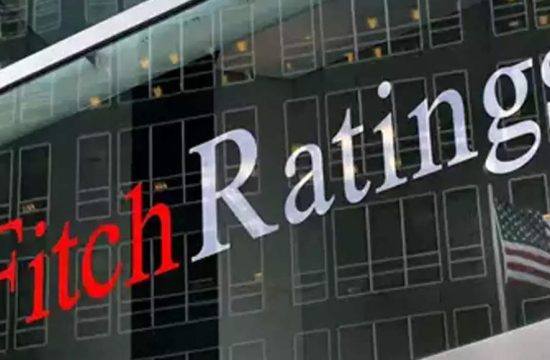
MUMBAI: Bankers are rather circumspect about demand for the central bank’s on tap targeted long term repo operations (TLTRO) for shadow banks, as easier liquidity and low rates mean banks have enough funds to loan to the last-mile lenders.
The central bank has opened an on tap window for banks to borrow funds from it and lend to NBFCs – either by investing in their debt instruments or directly extending these funds as loans.
To make it easier for banks and NBFCs to avail this facility, RBI has allowed banks to classify even above 25% of the total investment permitted to be included in the held to maturity (HTM) portfolio. All exposures under this facility are exempted from reckoning under the large exposure framework (LEF) allowing banks to take as much as demand they can depending on their risk appetites.
The RBI is hoping that improving access to funds will push credit to the last mile borrowers through the wide reach of NBFCs.
However, bankers said the on tap window for NBFCs may not be needed at a time when Rs 6.71 lakh crore of liquidity is floating in the banking system.
They point to the latest numbers on the website showing no TLTROs accessed by banks because they are flush with funds and do not have enough demand.
“This on tap window may not be used as much because banks are flush with deposits and are looking at avenues to invest. No bank would want to go and tap this RBI window which has certain restrictions when it has enough funds in its own and can afford to lend straight forward,” said Sastry Venkataramana, DMD, global markets at .
Latest data from the RBI website show that banks have not been accessing the TLTRO window recently. Also, only Rs 75,552 crore is currently outstanding in the scheme was mostly borrowed in March or April last year and is maturing only in 2023.
However, the increased availability of funds for NBFCs will have a positive impact on the lending market.
Shachindra Nath, managing director of U Gro Capital, said the new window will go well with the new co-lending business with banks.
“The positive impact is that it would enhance the NBFCs’ ability to provide a credit lifeline to capital-starved MSMEs, including small businesses, supporting not only their revival and stabilization but also help look at growth,” said.
The opening of the window at a time when growth is picking up could also sooth market nervousness said Saumyajit Niyogi, associate director, credit and market research at India Ratings and Research.
“Credit flow has improved so these funds can really help NBFCs needing the money as demand picks up,” he said.






